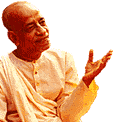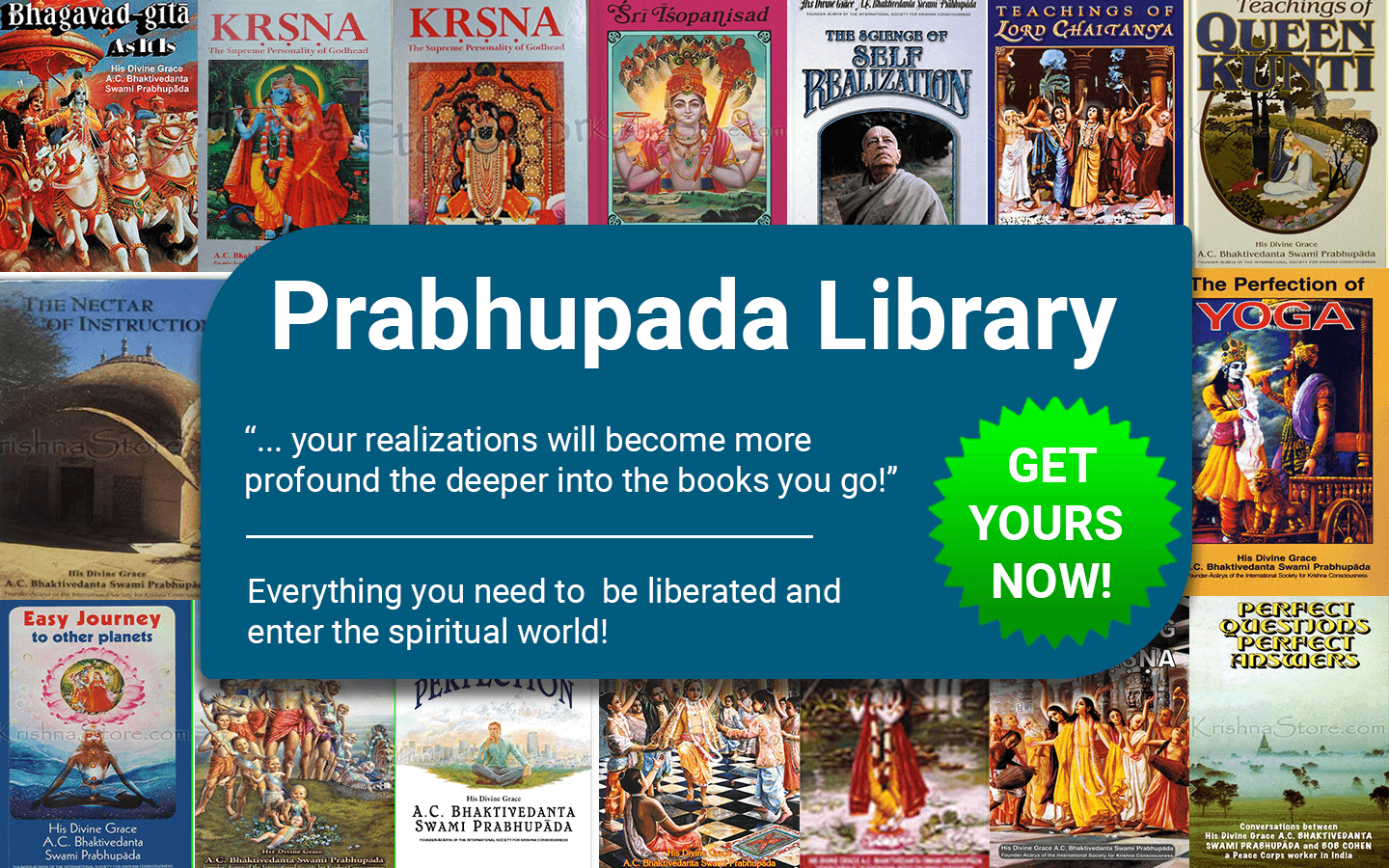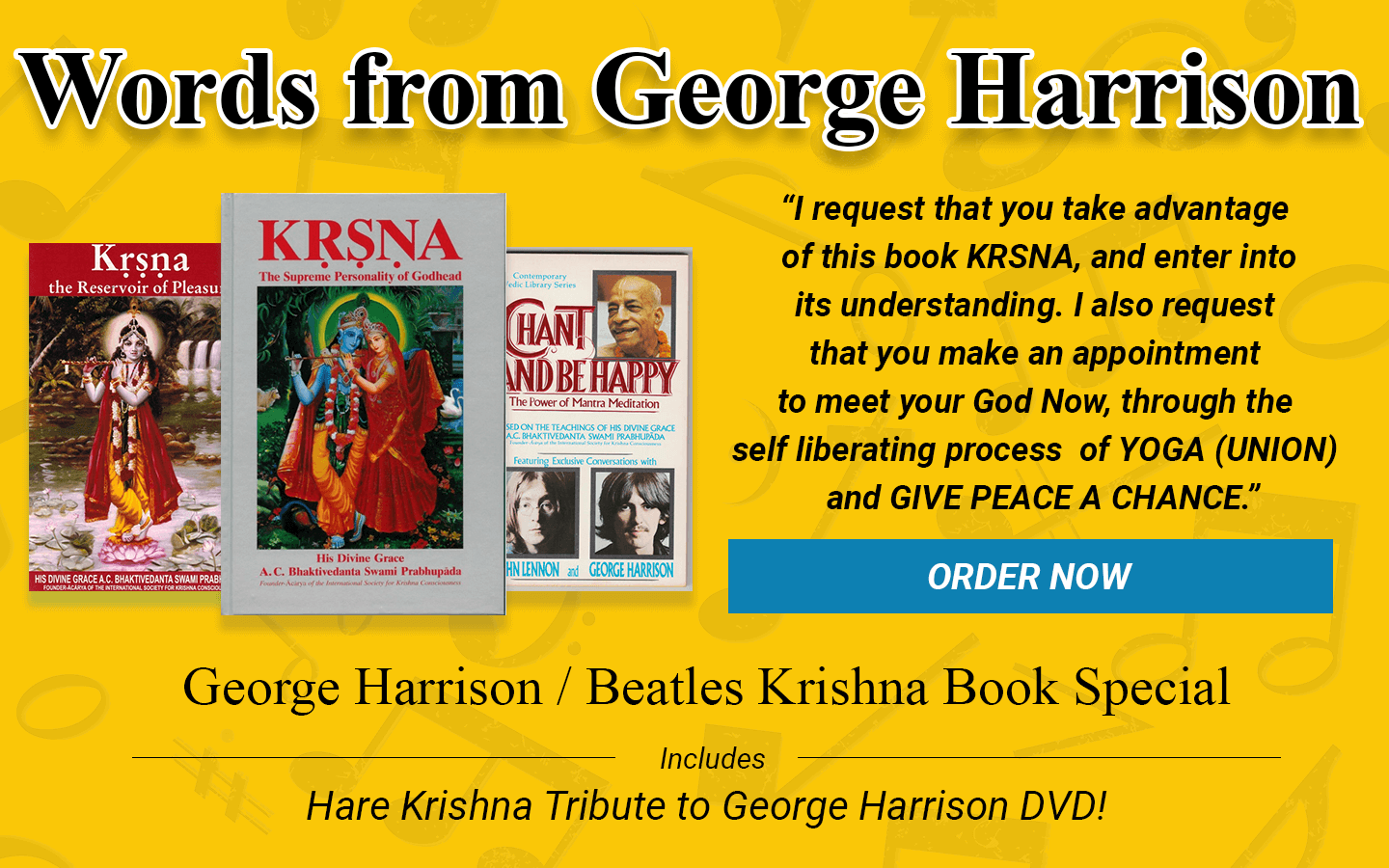Chapter 5: Karma-yoga-Action in Krsna Consciousness
Bg 5.12
TEXT 12
yuktah karma-phalam tyaktva
santim apnoti naisthikim
ayuktah kama-karena
phale sakto nibadhyate
santim apnoti naisthikim
ayuktah kama-karena
phale sakto nibadhyate
SYNONYMS
yuktah—one who is engaged in devotional service; karma-phalam—the results of all activities; tyaktva—giving up; santim—perfect peace; apnoti—achieves; naisthikim—unflinching; ayuktah—one who is not in Krsna consciousness; kama-karena—for enjoying the result of work; phale—in the result; saktah—attached; nibadhyate—becomes entangled.
TRANSLATION
The steadily devoted soul attains unadulterated peace because he offers the result of all activities to Me; whereas a person who is not in union with the Divine, who is greedy for the fruits of his labor, becomes entangled.
PURPORT
The difference between a person in Krsna consciousness and a person in bodily consciousness is that the former is attached to Krsna, whereas the latter is attached to the results of his activities. The person who is attached to Krsna and works for Him only is certainly a liberated person, and he is not anxious for fruitive rewards. In the Bhagavatam, the cause of anxiety over the result of an activity is explained as being due to one's functioning in the conception of duality, that is, without knowledge of the Absolute Truth. Krsna is the Supreme Absolute Truth, the Personality of Godhead. In Krsna consciousness, there is no duality. All that exists is a product of Krsna's energy, and Krsna is all good. Therefore, activities in Krsna consciousness are on the absolute plane; they are transcendental and have no material effect. One is, therefore, filled with peace in Krsna consciousness. One who is, however, entangled in profit calculation for sense gratification cannot have that peace. This is the secret of Krsna consciousness—realization that there is no existence besides Krsna is the platform of peace and fearlessness.
Copyright (c) 1972 by His Divine Grace A.C. Bhaktivedanta Swami Prabhupada










